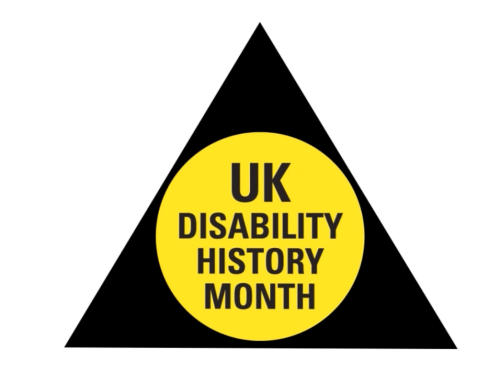When it comes to the workplace, as much as we hate to admit it, not everyone in the office is treated equally. Gaps in employment and pay packets sadly exist which show we have a long way to go when it comes to equality.
There are 16 million disabled people in the UK and 23% of these are working-age adults. Disabled people often face both an employment gap and a pay gap which can cause huge hardship for people.
A new report by the TUC found that the pay gap between non-disabled and disabled workers is higher now than it was a decade ago at 14%.
So what does this mean and what can we do to help as employers?
What is the disability pay gap and how do we close it?
The disability pay gap is the difference between the average earnings of disabled and non-disabled people in a business. The mean pay gap may be calculated by adding all employees’ rates of pay together and dividing by the total number of employees.
Analysis in a report from TUC estimates that the pay gap is roughly about £1.90 per hour which adds up to £66.50 a week. Yearly, this adds up to £3,460 per year for someone who is working a 35-hour week.
This gap usually means that disabled people work for free for the last 47 days of the year. Some companies choose to publically disclose their gender or disability gaps in a bid to hold themselves accountable or close the gap.
While still high at 14% there is some good news in that the gap has closed since last year when it was at £2.05 (17.2%) an hour.
How can I help to close the disability pay gap?
- Do the research: Do the work to find out where the gaps in your business lie and where you need to make changes.
- Strengthen flexible working rights: allow people to work from home if they need to
- Assess pay and increases: increase disabled worker salaries alongside non-disabled salaries and review consistently.
- Be transparent over pay: be open about what you pay, what levels earn what pay and also, publish the gaps in your own business. Being open means working towards change.
- Offer training: if you have capacity, why not offer training to get disabled employees to the next level of their careers within your business?
What is the disability employment gap – is that the same thing?
The disability employment gap refers to the percentage of disabled people who are employed and those who are not. An Office for National Statistics report from 2023 estimates that the employment gap is at 29%.
It also estimates that 5 million disabled people are currently in work. The employment rate for disabled people is 53% compared to 82% of non-disabled people. Disabled people are twice as likely to be unemployed.
How do I help to close the disability employment gap?
- Be inclusive when hiring: Often we talk about being an inclusive workplace but does this include your hiring policies? Actively encouraging disabled people to apply for a position at your company and enquiring about their access needs for the interview can make a big difference.
Want to learn more about how to make the hiring process accessible? Why not read our free resource?
- Assess the workplace: Talk to disabled employees and find out where your business could do better. It could mean installing height adjustable work stations or allowing extra break times for neurodivergent staff members. There are lots of different things you can implement to make the working environment easier for disabled team members.
Want to learn more about how to make a venue accessible? Why not read our free resource?
- Offer Disability Awareness Training: Educating staff about disabled, Deaf or Neurodivergence in the workplace can make a big difference. This could help management understand how to better manage neurodivergent team members or improve communication between staff and disabled clients or customers. Training team members about disability awareness shows that you care and want to improve the workplace.
Thinking of booking disability awareness training? Why not find an option to suit your needs.


